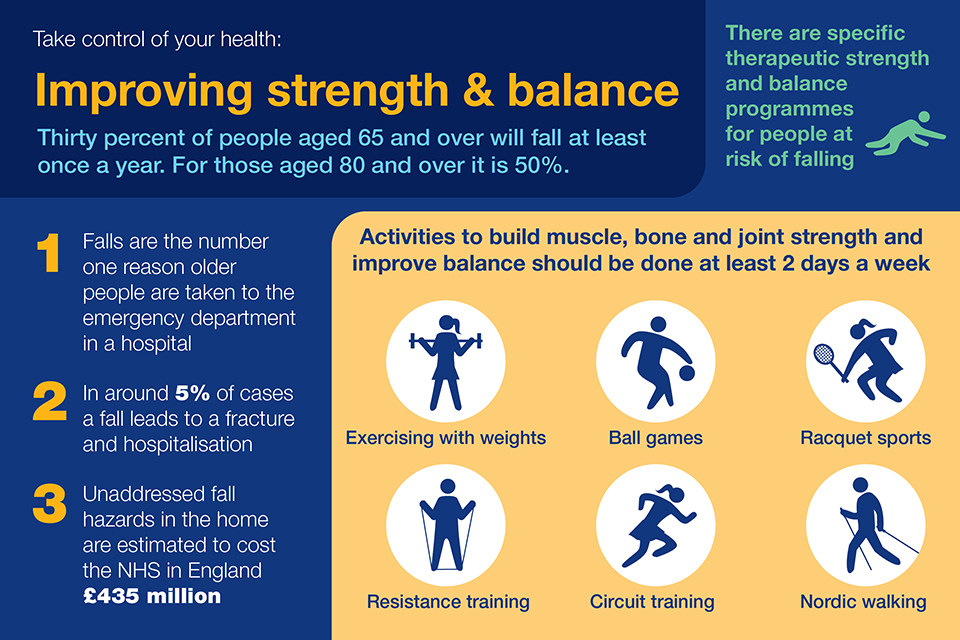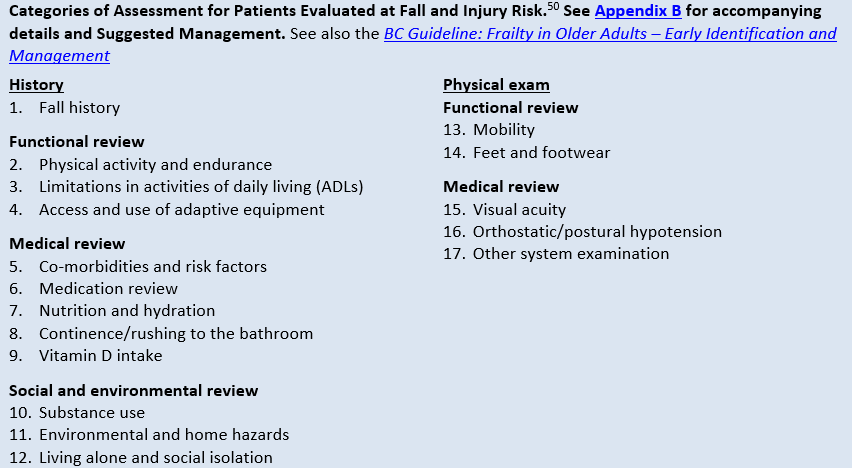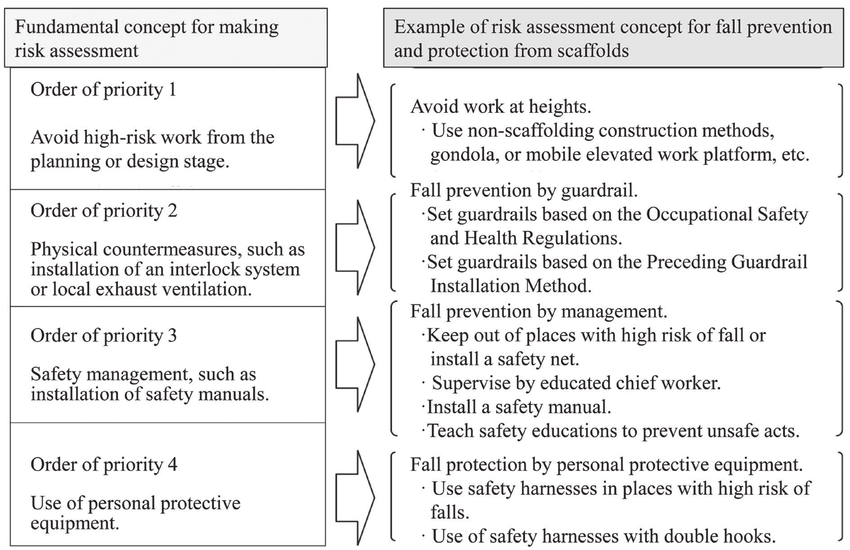Dementia Fall Risk - Truths
Table of Contents5 Simple Techniques For Dementia Fall RiskA Biased View of Dementia Fall RiskDementia Fall Risk Fundamentals ExplainedThe Greatest Guide To Dementia Fall Risk
A loss risk assessment checks to see just how most likely it is that you will certainly fall. It is mostly done for older grownups. The evaluation normally includes: This includes a collection of concerns regarding your overall health and if you have actually had previous drops or issues with balance, standing, and/or walking. These devices check your stamina, balance, and stride (the means you walk).Treatments are recommendations that may minimize your threat of dropping. STEADI consists of three actions: you for your danger of dropping for your threat elements that can be enhanced to attempt to avoid drops (for instance, balance issues, damaged vision) to reduce your risk of dropping by making use of reliable techniques (for example, supplying education and learning and resources), you may be asked several concerns including: Have you fallen in the past year? Are you fretted concerning dropping?
Then you'll take a seat once again. Your copyright will certainly examine for how long it takes you to do this. If it takes you 12 seconds or more, it might suggest you go to greater threat for a loss. This test checks strength and equilibrium. You'll rest in a chair with your arms went across over your upper body.
Relocate one foot midway forward, so the instep is touching the big toe of your various other foot. Relocate one foot completely in front of the other, so the toes are touching the heel of your various other foot.
Some Of Dementia Fall Risk
A lot of drops happen as a result of numerous contributing aspects; for that reason, taking care of the danger of dropping starts with determining the variables that contribute to fall threat - Dementia Fall Risk. Some of one of the most pertinent risk elements consist of: Background of prior fallsChronic medical conditionsAcute illnessImpaired gait and equilibrium, reduced extremity weaknessCognitive impairmentChanges in visionCertain high-risk medications and polypharmacyEnvironmental aspects can additionally enhance the danger for drops, consisting of: Inadequate lightingUneven or damaged flooringWet or slippery floorsMissing or damaged hand rails and order barsDamaged or improperly fitted devices, such as beds, mobility devices, or walkersImproper usage of assistive devicesInadequate guidance of individuals residing in the NF, consisting of those that show hostile behaviorsA effective loss risk management program needs a detailed clinical assessment, with input from all members of the interdisciplinary team

The care plan ought to likewise include interventions that are system-based, such as those that promote a safe atmosphere (suitable illumination, handrails, get bars, etc). The effectiveness of the interventions should be assessed periodically, and the care strategy changed as essential to mirror modifications in the autumn danger assessment. Implementing a fall useful content threat monitoring system making use of evidence-based finest practice can decrease the prevalence of drops in the NF, while limiting the possibility for fall-related injuries.
6 Simple Techniques For Dementia Fall Risk
The AGS/BGS standard suggests screening all grownups aged 65 years and older for loss danger annually. This testing includes asking people whether they have dropped 2 or more times in the previous year or sought clinical attention for an autumn, or, if they have actually not fallen, whether they really feel unsteady when strolling.
Individuals who have actually fallen when without injury should have their balance and gait evaluated; those with stride or equilibrium abnormalities need to get added assessment. A background of 1 loss without injury and without gait or equilibrium troubles does not require more evaluation past ongoing annual autumn threat screening. Dementia Fall Risk. An autumn threat assessment is needed as component of the Welcome to Medicare examination

Some Ideas on Dementia Fall Risk You Need To Know
Documenting a falls history is one of the quality indications for loss avoidance and administration. Psychoactive drugs in specific are independent predictors of drops.
Postural hypotension can usually be relieved by lowering the dose of blood pressurelowering medications and/or quiting medicines that have orthostatic hypotension as a side impact. Use of above-the-knee assistance hose pipe and sleeping with the head of the bed boosted may also minimize postural reductions in blood stress. The see this advisable elements of a fall-focused health examination are displayed in Box 1.

A TUG time higher than or equivalent to 12 secs suggests high autumn threat. The 30-Second Chair Stand test examines reduced extremity strength and balance. Being not able to stand from a chair of knee elevation without using one's arms suggests raised fall danger. The Related Site 4-Stage Equilibrium examination evaluates fixed balance by having the client stand in 4 settings, each considerably much more difficult.
Comments on “The Facts About Dementia Fall Risk Uncovered”